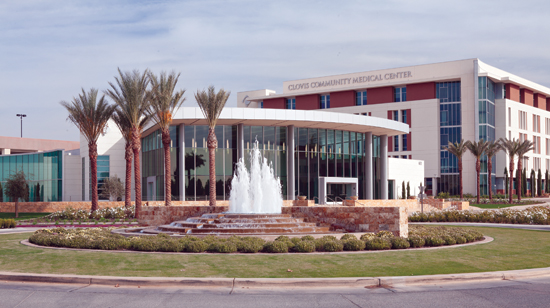The Move to Dynamic Glass
Learning Objectives:
- Discuss the benefits of dynamic glass as they relate to occupant performance and sustainability.
- Explain the salutary effect of views and daylighting on building occupants.
- Discuss peak cooling load reduction and annual energy savings as they relate to dynamic glass.
- Describe the stance of prevailing energy codes and LEED Version 4 towards dynamic glass.
Credits:
It's no secret that architects love glass. The material is dramatic, sustainable, and bridges the interior of a building to its environment. Dynamic glass, which tints electronically in response to outside conditions, is proving itself superior to static glass. With the intelligence to provide optimum natural light and comfort regardless of exterior conditions or time of year, dynamic glass has far-reaching implications for building design, ongoing building performance, and occupant experience.
This is an important consideration in light of the fact that windows are commonly regarded as one of the least energy-efficient building components, responsible for up to 40 percent of the total heating, cooling, and lighting consumption. By making fenestration a responsive façade solution for solar control, dynamic glass has become a key component of high-performing buildings. This article will describe how dynamic glass behaves, its benefits for architects, building managers and users, and present studies and real-world examples of its use. Also covered will be how the technology is being increasingly referenced in energy codes and sustainability rating systems such as the U.S. Green Building Council's Leadership in Environmental and Energy Design (LEED) Version 4.
Dynamic Glass—What Is It?
Dynamic glass switches between clear and tinted states on demand, providing glare and heat control while offering continuously unobstructed views. The system can function autonomously or be controlled on demand, enabling a user to tint or clear the glass according to preference. In automated mode, the system will automatically tint or clear the glass, adapting to environmental conditions.
 |
Dynamic glass switches between clear and tinted states on demand, providing glare and heat control while offering unobstructed views. Photo courtesy of View Inc. |










